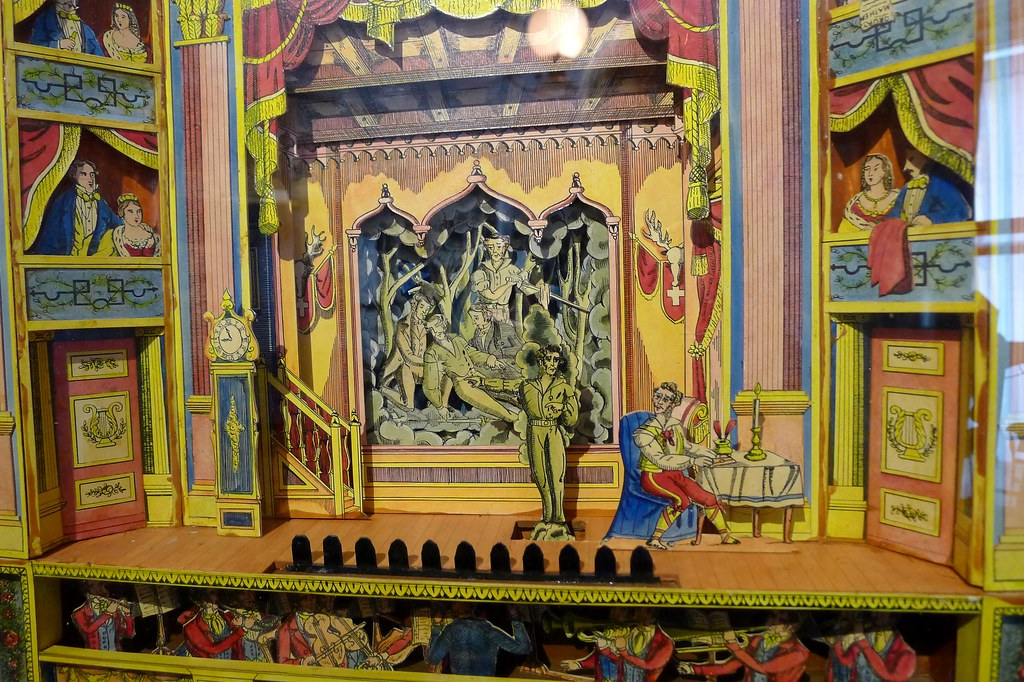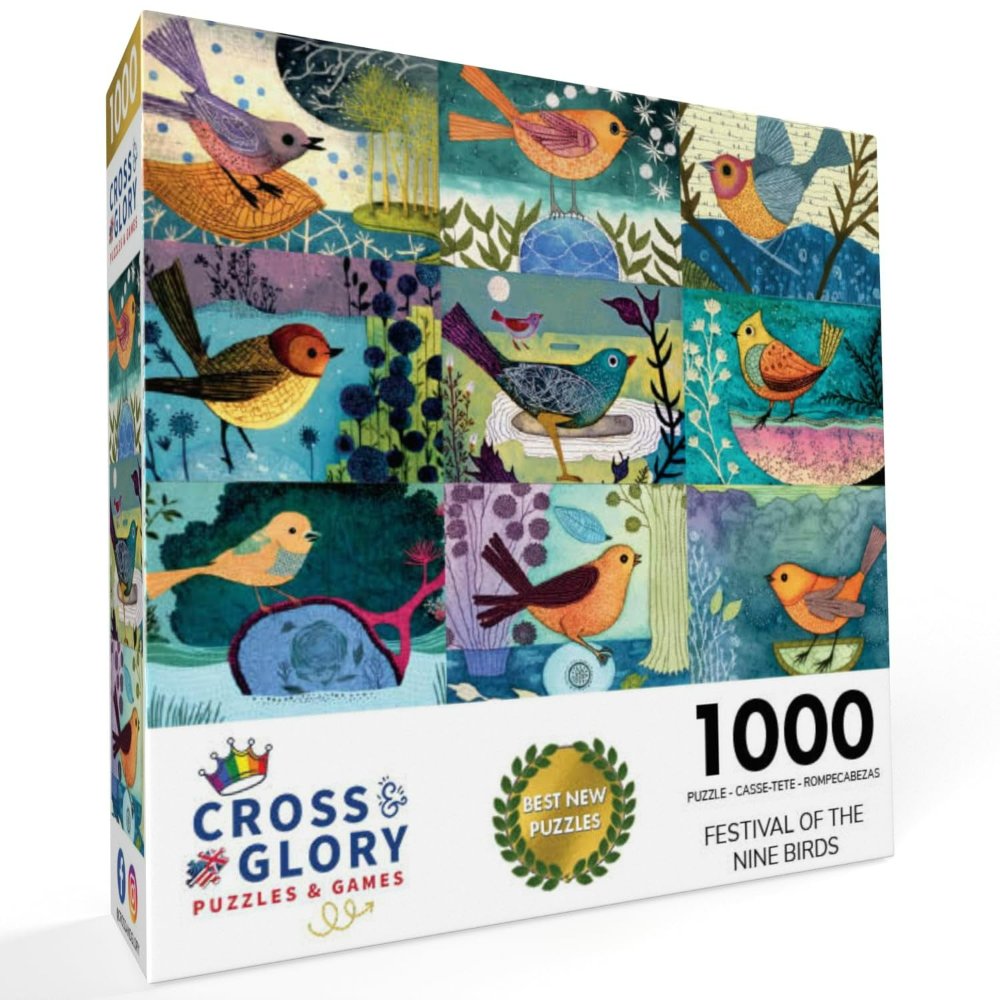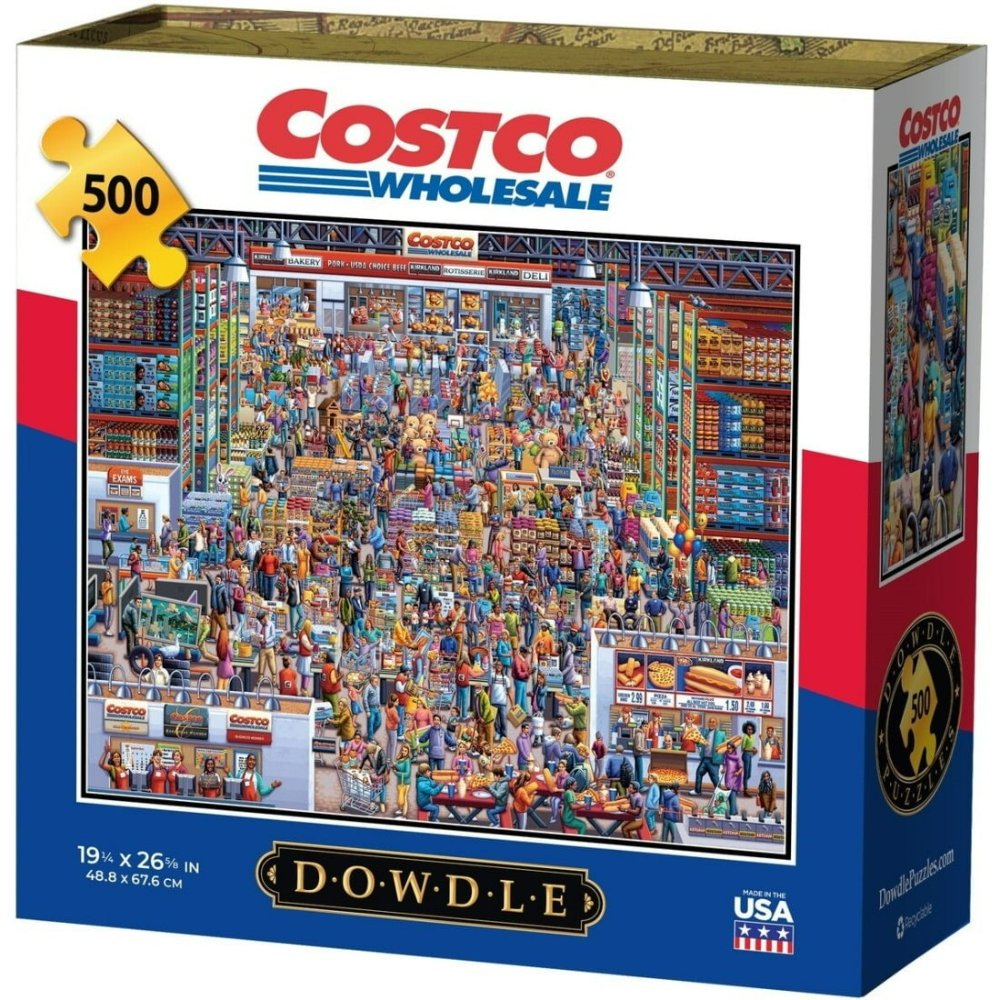Introduction
Toy theater, an art form steeped in history and imagination, has captured the hearts and minds of children and adults alike for over two centuries. This miniature theatrical spectacle, also known as paper theatre or model theatre, invites participants into a realm where stories come alive in diminutive dimensions. It is a creative expression that transcends time and space, offering a unique blend of storytelling, art, and hands-on play that continues to inspire generations.
I. The Origins and Evolution of Toy Theater
The roots of toy theater can be traced back to Georgian England when cheaply printed play scripts were accompanied by sheets of characters and scenery, often based on popular plays performed at London’s Theatre Royal, Drury Lane. These kits allowed families to recreate the grandeur of the stage within their own homes. Over time, toy theaters evolved, incorporating intricate designs, hand-painted details, and the integration of new technologies, allowing for more elaborate performances.
II. Crafting the Miniature Stage
The heart of a toy theater lies in its meticulous crafting process. From the finely detailed character cutouts to the elaborately painted backdrops, each component contributes to the illusion of a full-scale production. The creation process involves designing, printing, coloring, and assembling every element, making it both a labor of love and an exercise in creativity. This section delves into the materials used, the techniques employed, and the evolution of these methods from traditional handcrafting to contemporary digital tools.
III. Toy Theater as an Educational Tool
Beyond entertainment, toy theater has long served as an educational tool, teaching history, literature, and drama. Children learn scriptwriting, directing, set design, and puppetry skills as they bring narratives to life. It encourages narrative comprehension, critical thinking, and collaborative work. Moreover, educators worldwide have embraced toy theater as a means to foster empathy, cultural awareness, and public speaking skills among students.
IV. Toy Theater in Contemporary Art and Culture
Despite its vintage origins, toy theater remains relevant in today’s artistic landscape. Contemporary artists and playwrights continue to adapt this art form, integrating it into multimedia installations, avant-garde performances, and community projects. It has become a platform for exploring social issues, reimagining classic tales, and creating new narratives. Furthermore, digital innovations have extended the reach of toy theater, with virtual and augmented reality experiences now possible.
V. Collecting and Preserving the Tradition
Avid collectors treasure antique toy theater kits and ephemera, preserving them as historical artifacts. Museums and archives worldwide showcase these collections, recognizing their significance in the history of theater and popular culture. Additionally, passionate hobbyists and organizations work tirelessly to keep the tradition alive by hosting workshops, exhibitions, and festivals celebrating toy theater.
VI. Embracing Innovation and Future Perspectives
As we look towards the future, it continues to evolve, embracing modern technology while maintaining its nostalgic charm. Digital platforms allow for wider distribution and sharing of designs, while interactive apps and online communities connect enthusiasts across the globe. Meanwhile, the tactile and intimate nature of it ensures its continued relevance in an age where screen-based entertainment dominates, reminding us of the timeless appeal of storytelling and human connection.
Conclusion
Toy theater stands as a testament to the enduring power of imaginative play and the universal language of storytelling. Whether enjoyed as a traditional pastime or reinterpreted through modern means, it remains a captivating medium that bridges the gap between the audience and the performer, inviting everyone to step behind the curtain and into the magical world of their own creation. As this enchanting art form continues to adapt and flourish, it promises to captivate and inspire new generations of creators, performers, and spectators alike.



